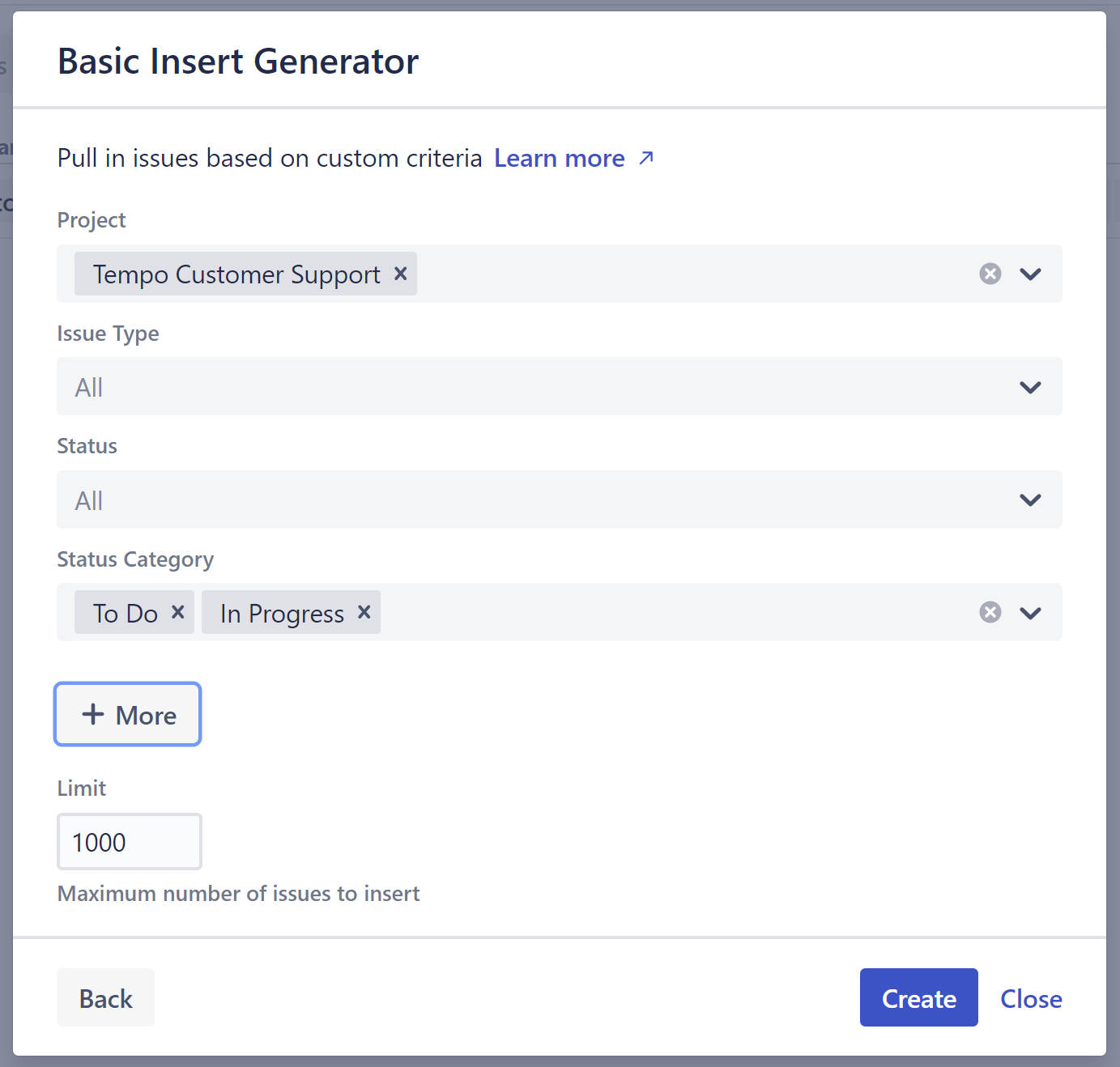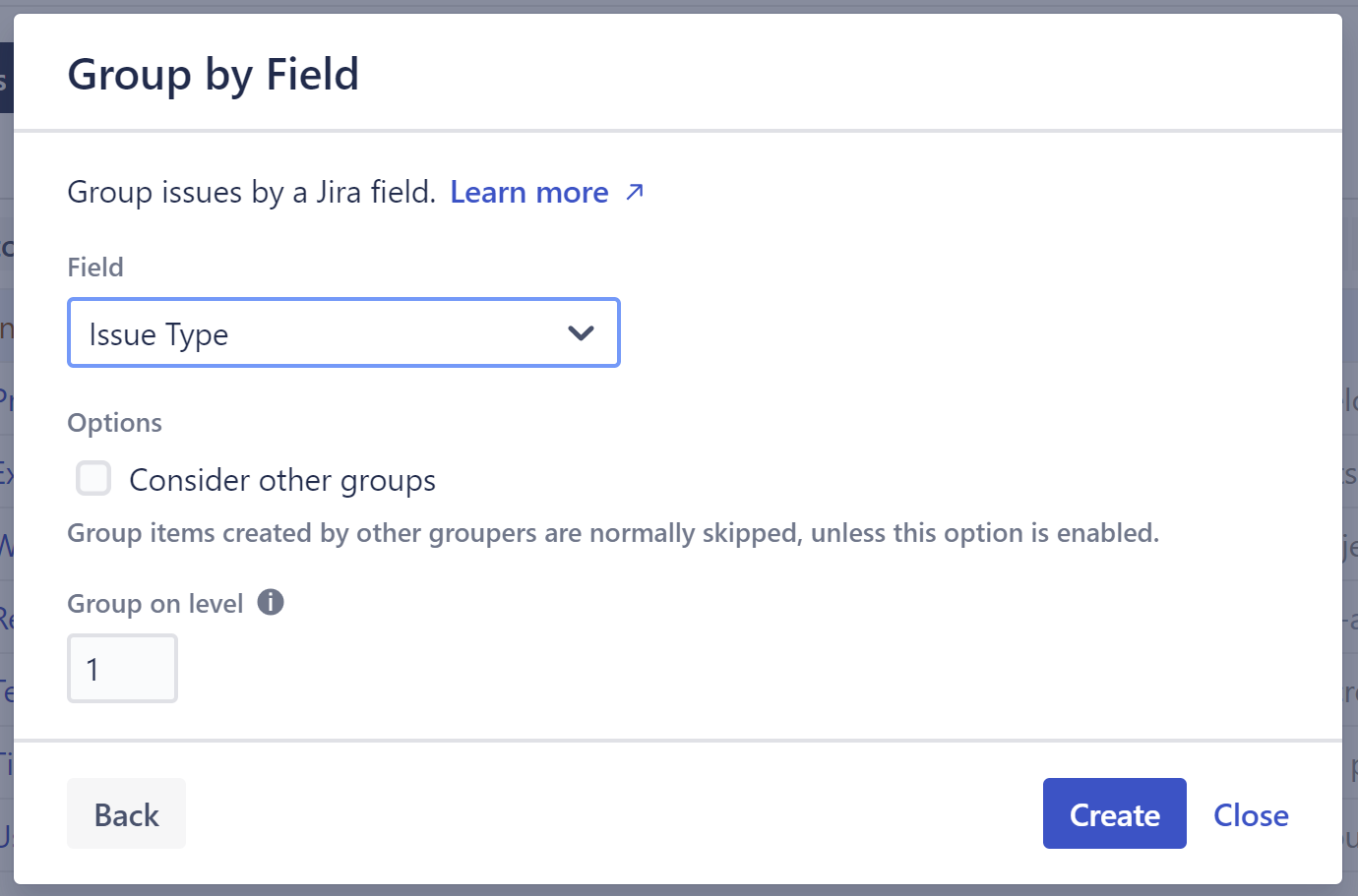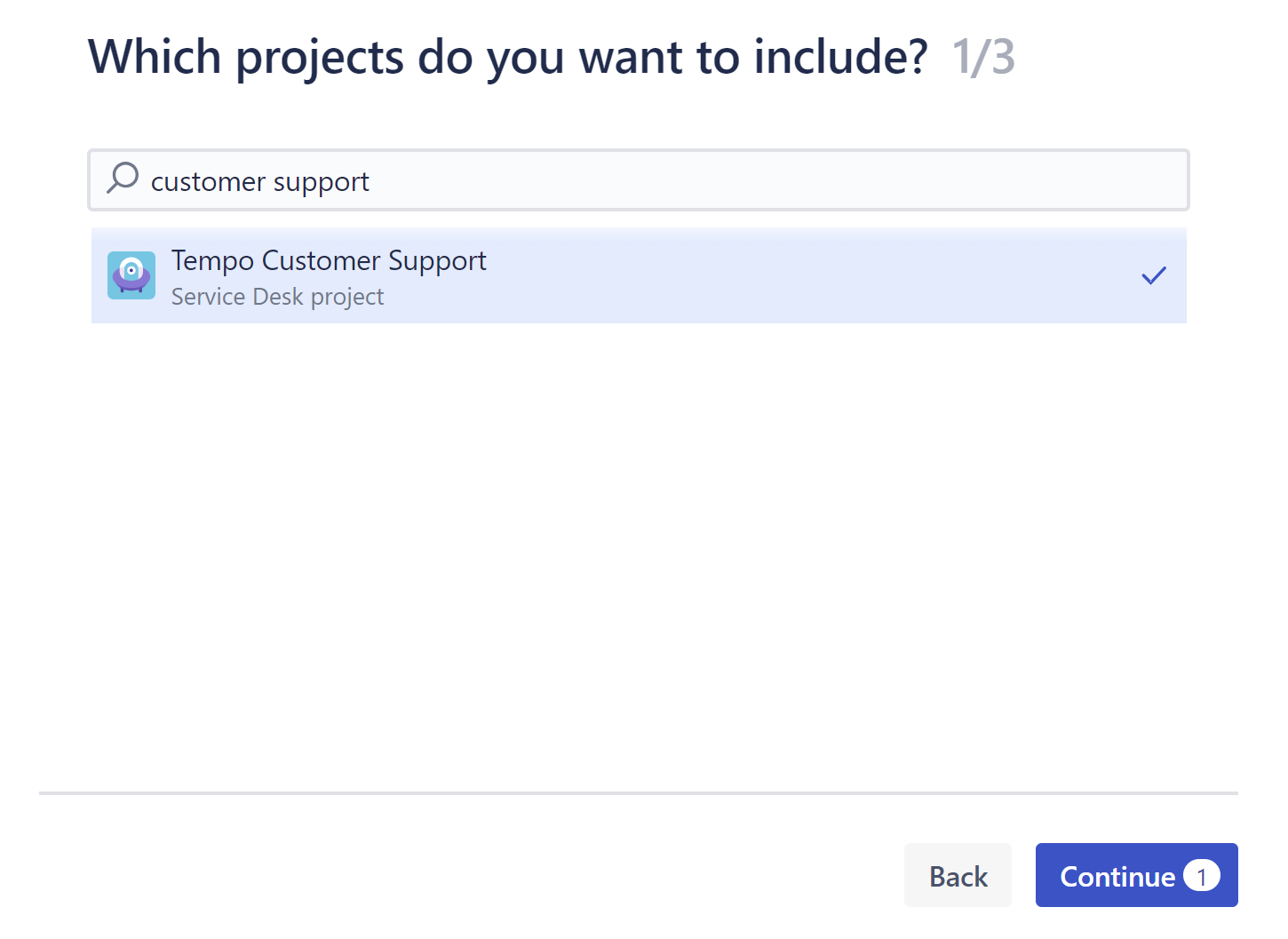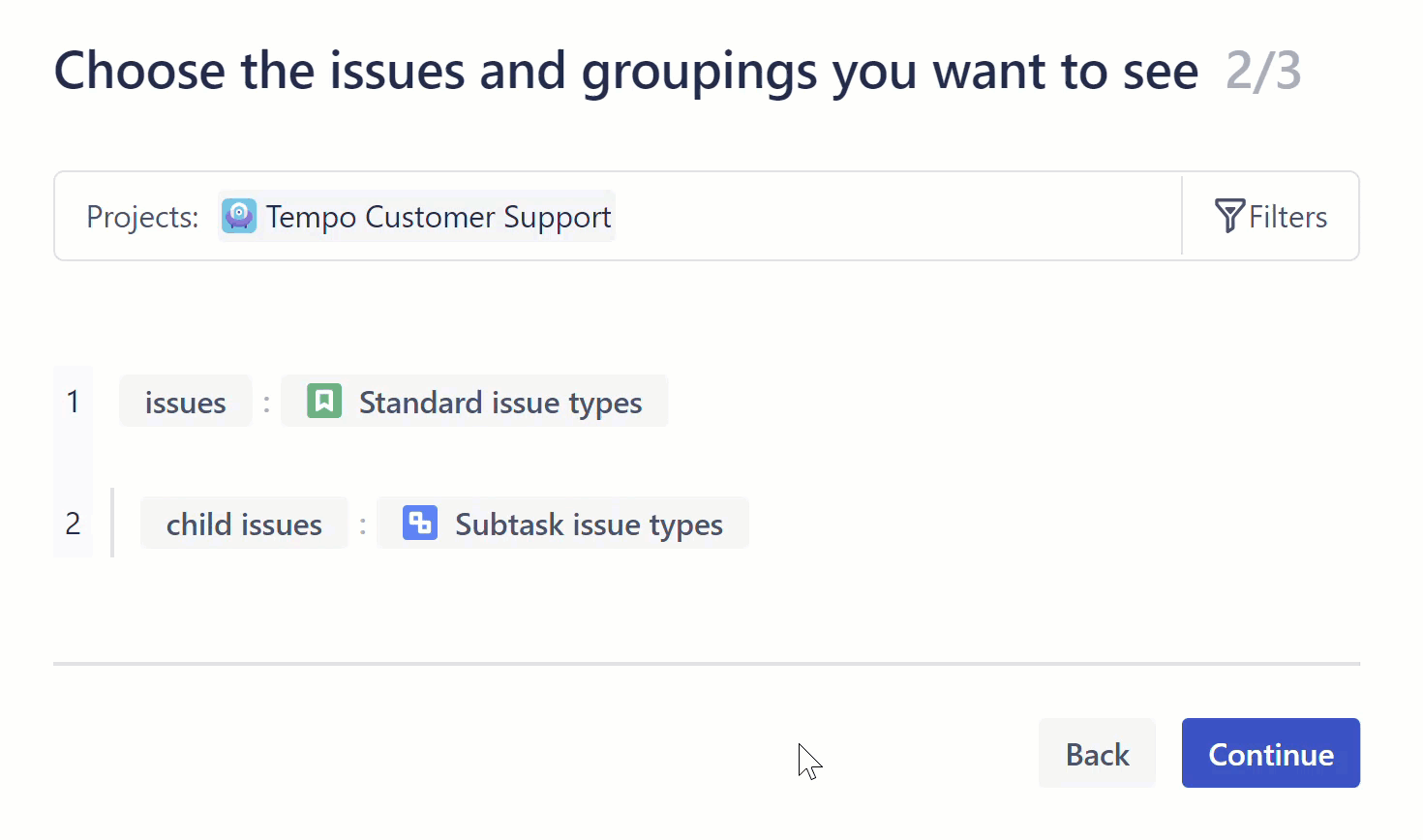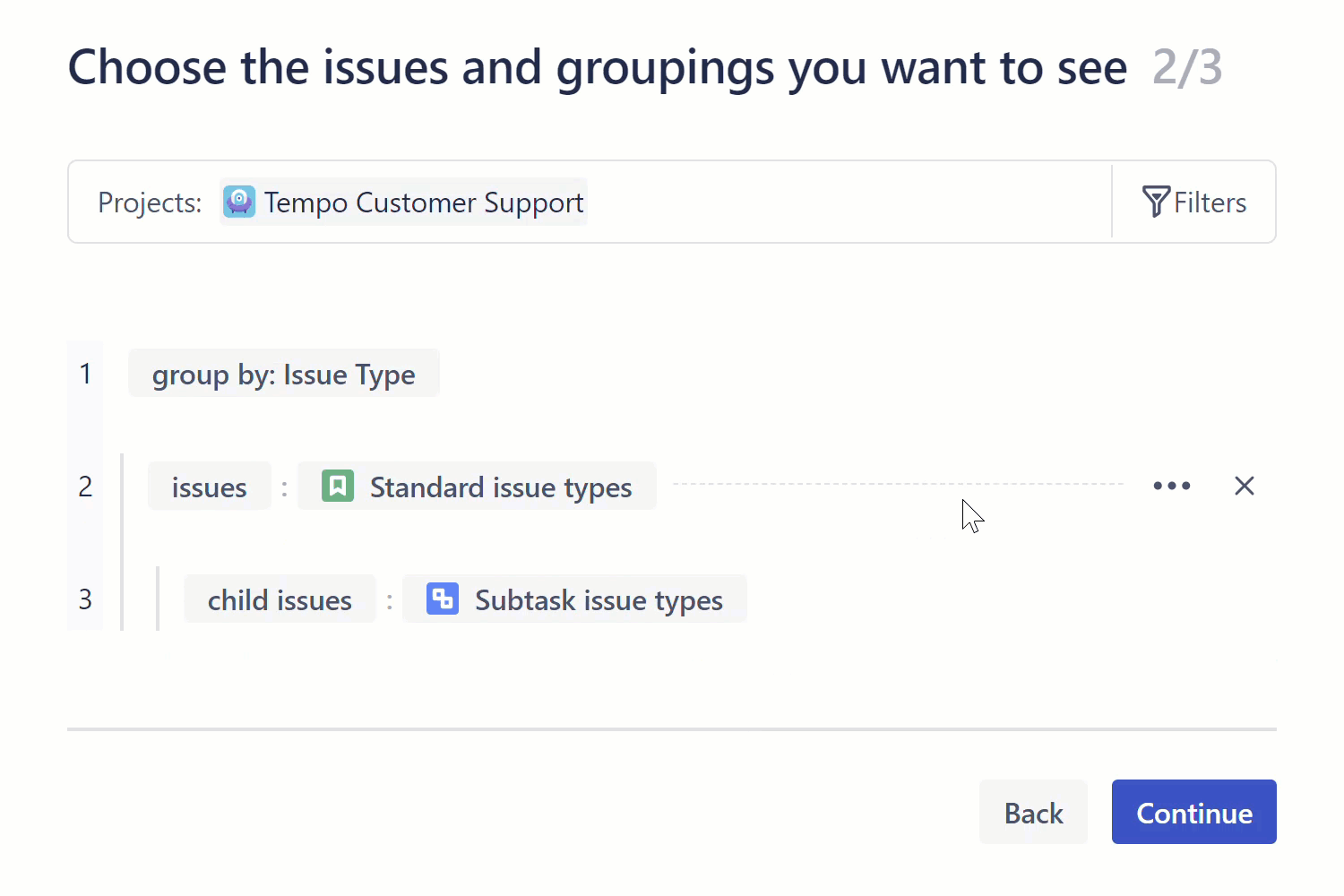Visualize your entire JSM support queue (even if it's divided into multiple projects), organize data to meet specific needs, and analyze that data with columns and formulas.
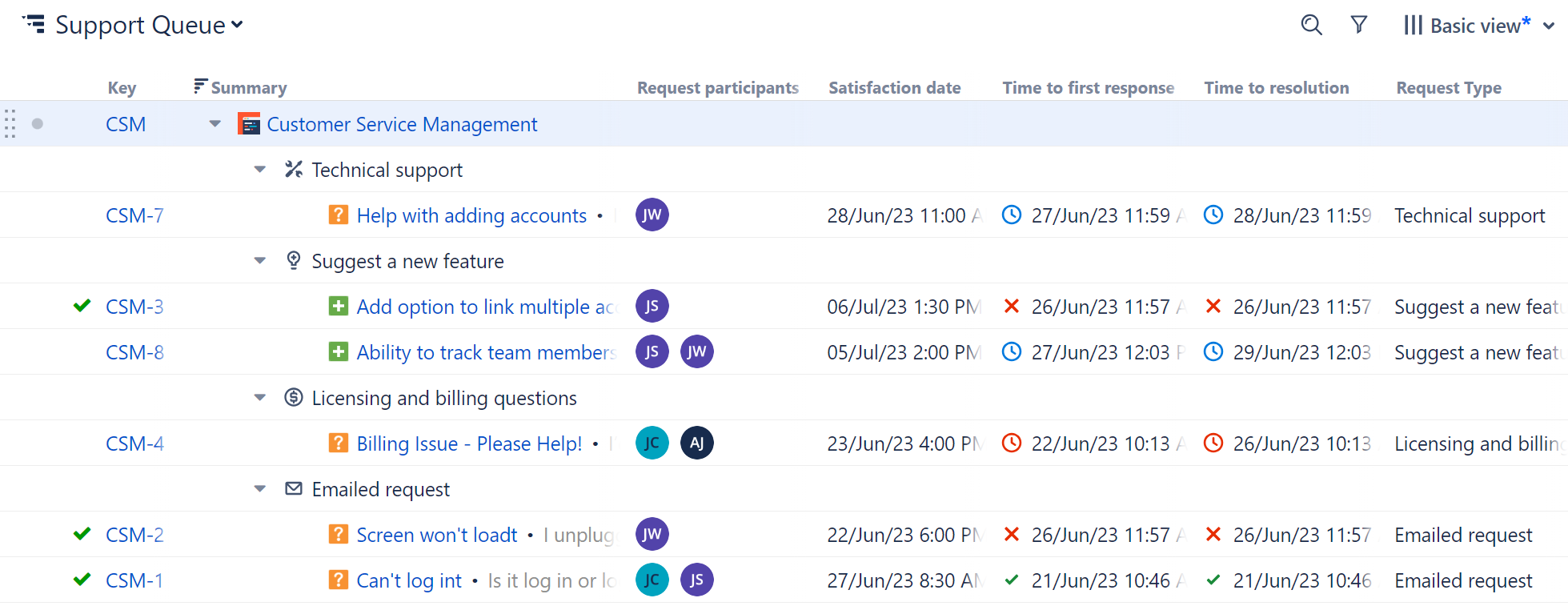
Build a Support Structure
You can build your support structure using either Speed or Power Mode. If you have a large support queue, Power mode may work better because it provides extra flexibility when limiting the work items you initially insert.
Add Service Management Columns
Once you've created your structure, you'll want to add columns for the data you most need to track. The following Service Management columns are available in Structure:
-
Request participants
-
Request type
-
Satisfaction date
-
Time to close after resolution
-
Time to first response
-
Time to resolution
-
Time to review normal change
You can also build custom reports based on most of these fields by adding Formula columns.
View SLA Information at a Glance
"Time to..." columns include icons which provide at-a-glance information about each ticket's timeline and SLAs:
|
|
The ticket is still open and within the set SLA |
|
|
The ticket is still open, but the SLA has been breached |
|
|
The ticket was closed within the established SLA |
|
|
The ticket was closed, but the SLA was breached |
You can view additional information by hovering over the field value.

Focus on Specific Work Items
After you've built your structure, you may want to rearrange or filter work items to focus on specific parts of your queue. This can be easily accomplished by creating Filters and Group, which make temporary, local changes to the structure.
Share with Your Team
If you share the structure with your team, they can quickly view just their work items by applying the Assigned to me saved Filter.

